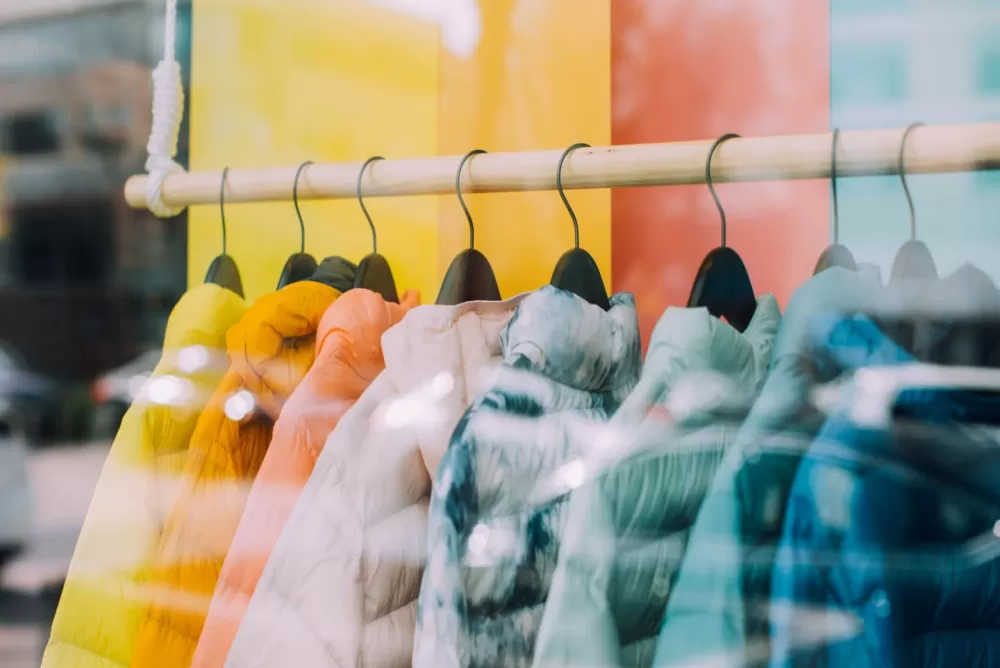The pandemic rewrote the rules of customer engagement, forcing companies to switch to a new gear of innovation. Competitive advantage now depends on how fast organizations can make those newly introduced processes sustainable.
Decisions that retail companies were forced to make during the Covid-19 pandemic, whether technological or domain-based were often emergency responses to keep the lights on. Their capacity to move fast and adapt isn’t debatable. However, with different economic headwinds, as we’re seeing now, only the most forward-thinking and proactive can continue to consistently deliver on elevated customer expectations and be in a position to not just adapt but to lead the charge on imminent AI-centered developments.
Making bold moves at speed
|
Organizations are investing in creating a cohesive continuum between the physical and digital worlds, and converting Covid-19 driven responses to long-term solutions |
Organizations are emphasizing on building experiences around the products and services they offer |
Traditionally, customers considered product, price, place, and promotion when buying a product but now the considerations also include experience. It’s not just about what one owns or how much one owns but also the way these things make people feel — the experience one derives from the products and services.
The physical store is evolving
People were handed digital superpower during the pandemic. This has impacted how they shop. Many people walking into a physical store today aren’t interested in aimless browsing, they are often highly researched about the products they want to buy. Large retail outlets in the US, as a result, have seen footfalls decline but same-store-sales increase in a given time frame. This is a strong indication that customers want to experience physical aspects of a given product at the store but that’s not the starting point of their purchase decision.
A recent McKinsey article said, stores (of the future) will not only serve as showrooms and service centers but also hubs for speedy fulfilment, with smaller selling floors and large back rooms, and even shared fulfillment centers via alliances across retailers. It will offer organizations a chance to own their relationship with customers. This translates to expanding and redesigning capabilities, optimizing in-store technology and ensuring that the first line employee is well-equipped with relevant data and insights to deliver a highly personalized, seamless experience.
Modern customers shop across channels, expect excellent customer service, with sustainability at the heart of everything
We are well beyond the stage where an organization can view ESG as an option — it’s a way to live, a way to conduct business, a way to establish competitive advantage. Millennials and Gen-Z as a generation demand transparency at every step. And to deliver that level of information, supply chain and distribution logistics must be integrated and considered a part of the overall experience of a product.
Most clients we work with already have a strong ESG charter in place. We see fast fashion and the food industry spearheading a lot of innovation when it comes to material science, recycling, logistics, sustainable sourcing etc. But having said that, a lot of companies still have not figured out how to perform effectively against their ESG metrics in the long-term. The answer to this is complex and ever-evolving but as a starting point, leaders must shift their mindset from a compliance (cost-saving, risk avoidant) mindset to an opportunistic one (viewing ESG as a strategic business opportunity).
The adoption of technology in embedding some of these sustainable initiatives and optimizing operations is also paramount. Technology will provide the tools, the information and the analytics to go at 10x speed and also create a continuous feedback loop so that one is able to understand the market response of some of these decisions. So, going forward, we expect a plethora of technology tools to evolve – tools that will enable businesses to make smarter, more environment-friendly, and ESG-complaint decisions.
Overall, retail businesses must excel in a number of core areas to keep pace with the modern customer —personalization, talent, supply chain and cross-channel experience. And within this context, the ability to leverage data-rich intelligence and ensure these insights are distributed across all levels of the organization will drive top-notch customer service. Sure, companies will experiment with multiple channels and platforms but success will always depend on the degree of consistency, seamlessness and how much of a comprehensive experience one can deliver.













